
In some patients, their insomnia is due to a circadian rhythm disorder which results when there is a disconnection between the internal circadian timing system (our internal clock) and desired sleep-wake times. There are various types of circadian sleep-wake rhythm disorders in which the sleep-wake rhythm is disrupted. In general – they fall into two categories: internal factors which include genetic predispositions or comorbid conditions that disrupt the switching on and off of the normal sleep-wake cycle; and external factors such as increased exposure to bright light or increased temperatures during later PM hours, night-work schedule and personal life difficulties.
Delayed sleep-wake phase disorder
Advanced sleep-wake phase disorder
Irregular sleep-wake rhythm disorder
Shift work disorder
Non–24-hour sleep-wake rhythm disorder
Jet lag disorder
Normal rapid eye movement (REM) sleep is characterized by disjointed cognitive activity combined with skeletal muscle paralysis. In REM Sleep Behavior Disorder (RBD), the normal paralysis associated with REM is absent resulting in potentially injurious dream enactment.
RBD is common, affecting at least 1% of the population and is primarily caused by α-synuclein pathology of REM sleep–related brainstem neurons. The majority of patients with RBD ultimately develop a neurodegenerative syndrome such as Parkinson disease, dementia with Lewy bodies, or multiple system atrophy. Among patients with Parkinson disease, RBD predicts an aggressive disease course with rapid cognitive, motor and autonomic decline. RBD is diagnosed by the presence of dream enactment episodes and physiologic evidence of REM sleep without atonia demonstrated on polysomnography. Bedroom safety is of paramount importance in the management of RBD while pharmacokinetic options include melatonin.
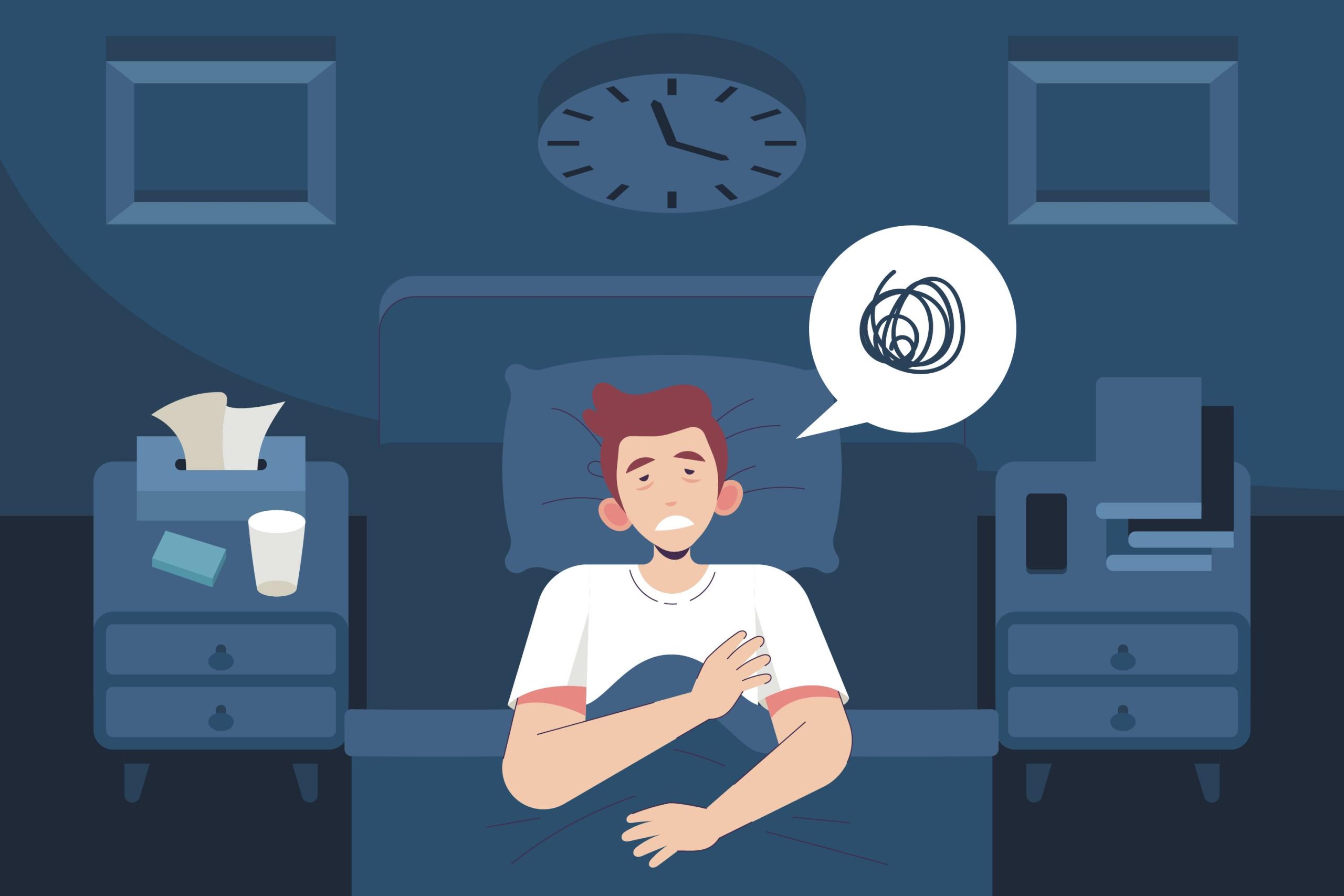
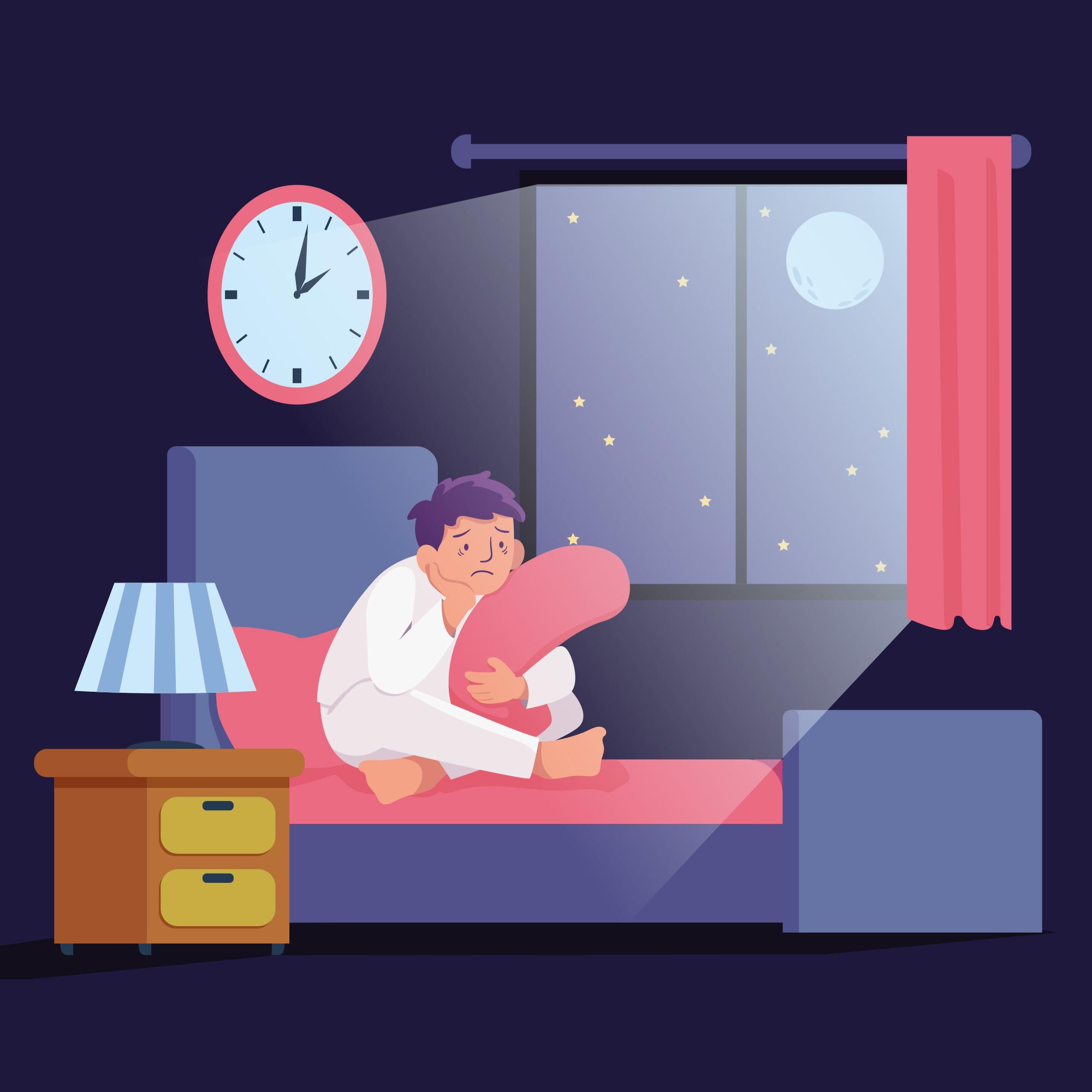
Disorders of arousal such as sleepwalking, sleep terrors and states of confusion upon arousal are characterized by incomplete awakenings from slow-wave (non-REM) sleep. Generally these patients have a partial or complete amnesia of the events occurring during the Non-REM sleep disorder episode. This disorder occurs most frequently in childhood. Management and treatment includes eliminating or manipulating known triggers, ensuring a safe environment and the use of melatonin or other medications. Sleep-related eating disorder is a variant of Non-REM parasomnias and often is due to short-acting hypnotics and associated with restless legs syndrome. Complex nocturnal visual hallucinations can occur in patients with visual loss, dementia with Lewy bodies, use of β-adrenergic receptor antagonists, and anxiety. Exploding head syndrome/auditory hallucinations occurs at wake-sleep transition or on waking during the night. It is usually benign, but may require treatment if significant sleep disruption occurs.
The clinical definition of hypersomnolence is excessive daytime sleepiness manifested as either an irrepressible need to sleep or episodes of daytime sleep. However, the experience of daytime sleepiness may qualitatively differ across different diagnostic categories. Patients with narcolepsy type 1 experience sudden “attacks” of a need to sleep, while people with idiopathic hypersomnia more often describe their sleepiness as a state of persistently low vigilance. In addition to sleepiness, core features of narcolepsy type 1 include cataplexy (loss of muscle tone), sleep paralysis, sleep-related hallucinations, and disrupted nocturnal sleep. Cataplexy is the sudden loss of muscle tone induced by emotion, most commonly strong positive emotions and especially laughter. Narcolepsy type 1 is thought to represent the intrusion of rapid eye movement (REM)-sleep muscle atonia that intrudes into wakefulness. Cataplexy typically result in transient neck, face, or limb weakness. Attacks are bilateral, but one side may be more affected. Episodes typically last for seconds to minutes. Narcolepsy type 1 is the only hypersomnia disorder to manifest cataplexy, and cataplexy is the clinical feature that distinguishes narcolepsy type 1 from narcolepsy type 2. Narcolepsy type 1 is now thought to be an autoimmune disorder resulting in the loss of orexin (hypocretin) neurons in people who are genetically susceptible. Various treatment options are available for narcolepsy type 1 and narcolepsy type 2 as well as other hypersomnolent disorders.

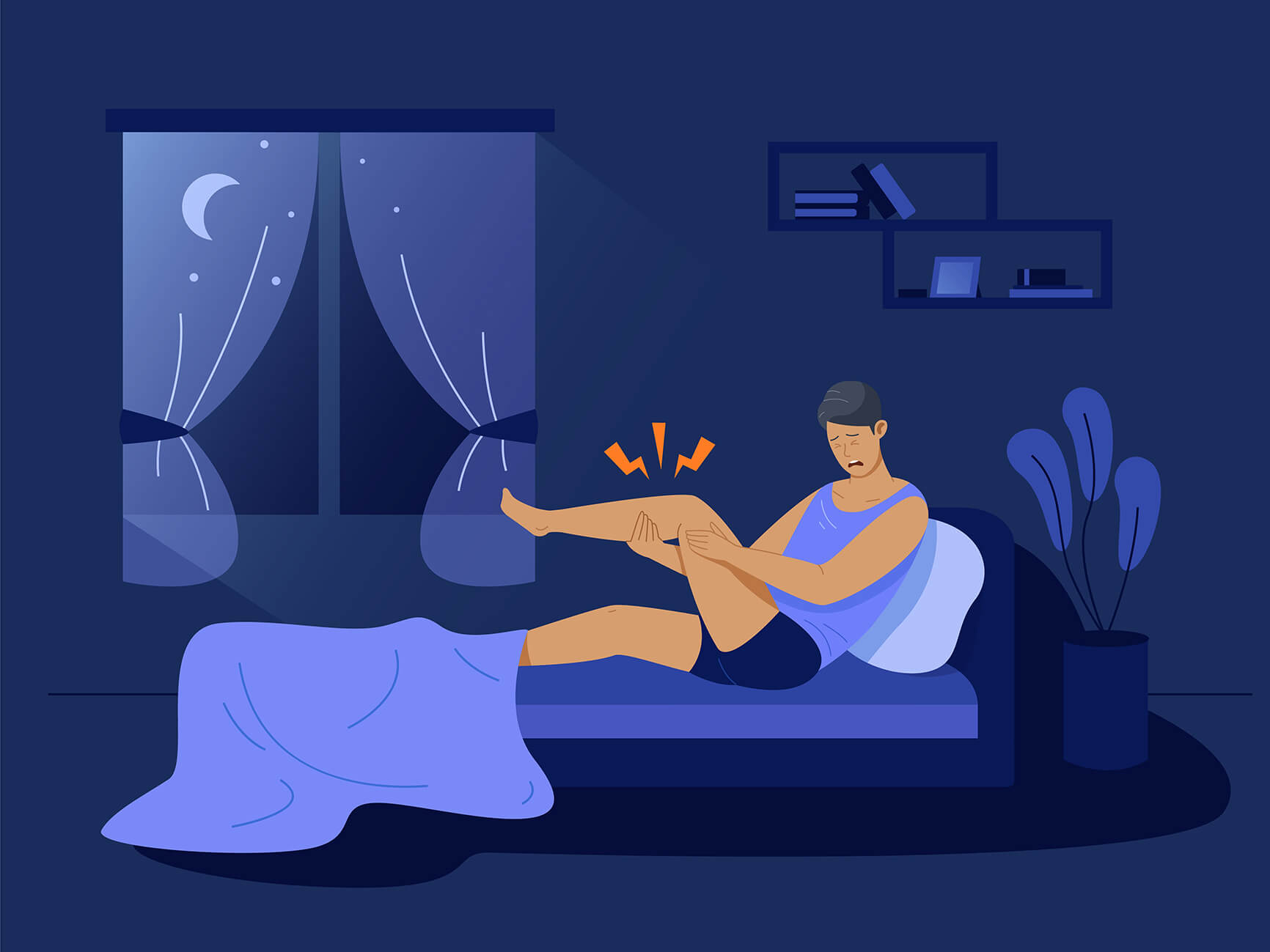
RLS is a common sensorimotor disorder with important quality-of-life and sleep consequences. It is characterized mainly by an uncomfortable urge to move the lower limbs, frequently accompanied by abnormal sensations, and is more common during the evening or night. Most patients with RLS have difficulties initiating or maintaining sleep. Epidemiologic studies report a 2% to 5% prevalence of clinically significant RLS in adults of primarily European and North American heritage. The prevalence in Asian (0.6% to 0.1%) and African (0.11%) populations seems to be much lower. Both prevalence and severity of RLS increase with age. The incidence rate is higher among women after the age of 35. Medical conditions most consistently associated with RLS are iron deficiency, pregnancy, chronic kidney failure, multiple sclerosis, polyneuropathy, Parkinson disease, major depressive disorder, generalized anxiety disorder, and attention deficit hyperactivity disorder.
Americans are notoriously sleep deprived, but those with psychiatric conditions are even more likely to be yawning or groggy during the day. Chronic sleep problems affect 50% to 80% of patients with psychiatric disorders compared with 10% to 18% of adults in the general U.S. population. Sleep problems are particularly common in patients with anxiety, major depression, bipolar disorder, and attention deficit hyperactivity disorder (ADHD).
A bidirectional relationship exists between impaired sleep and a variety of neurologic and psychiatric conditions. Reduction in deep sleep may be one of many precursors increasing an individual’s risk for Alzheimer disease (AD). Additionally, aberrant nighttime motor behaviors and increased agitated states in the latter portion of the day and early evening, often referred to as ‘sundowning’ in patients with AD, has been linked to circadian abnormalities. REM Behavioral Disorder is often a precursor of synucleinopathies such as Parkinson’s disease. Insomnia and other sleep disturbances are often prodromal symptom seen in patients with autoimmune encephalitis. Sleep apnea is a risk factor for stroke. Sleep disorders are highly prevalent in patients who have MS, chronic pain, exposure to a high level of stress, and as noted above, in mood disorders such as major depression and generalized anxiety disorder.
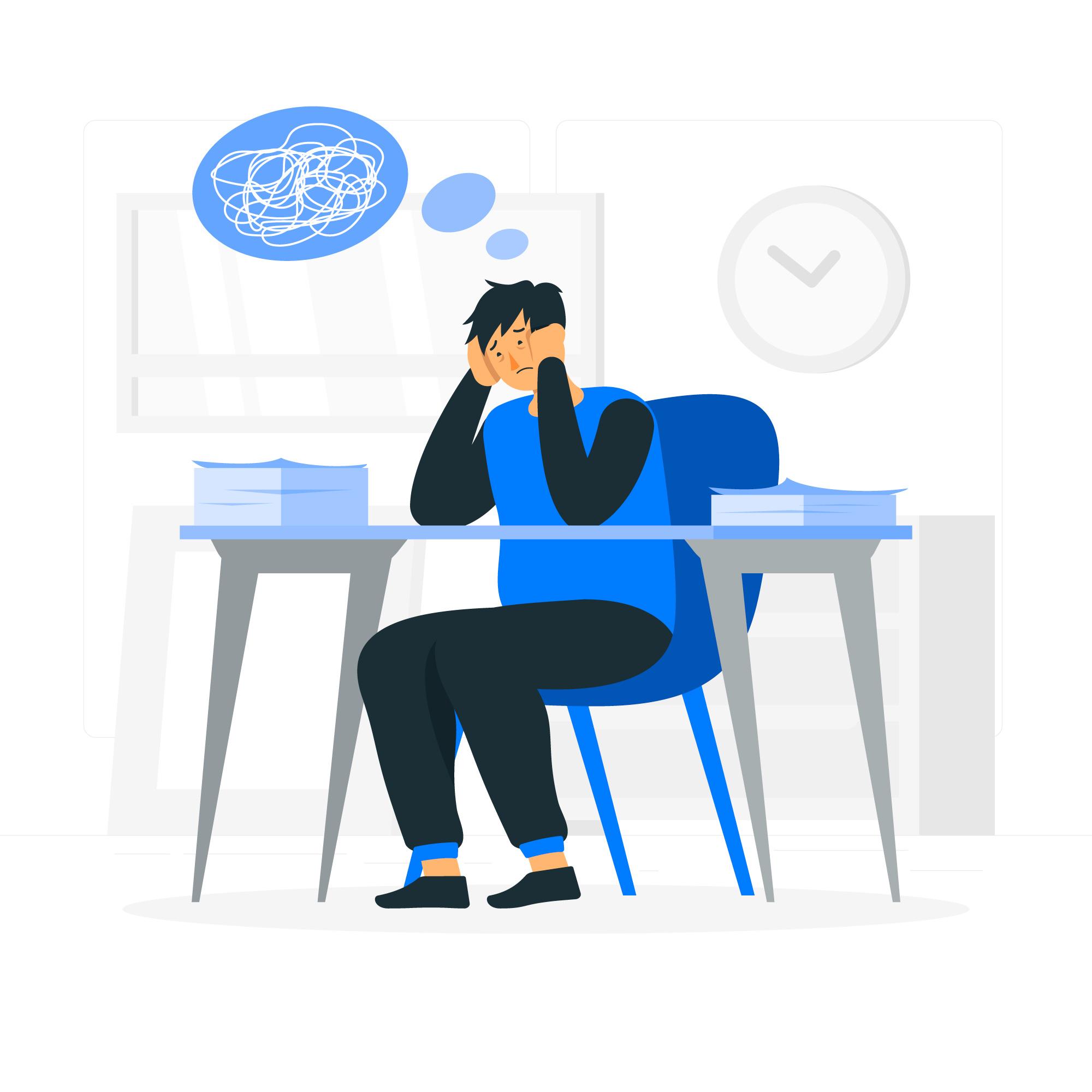
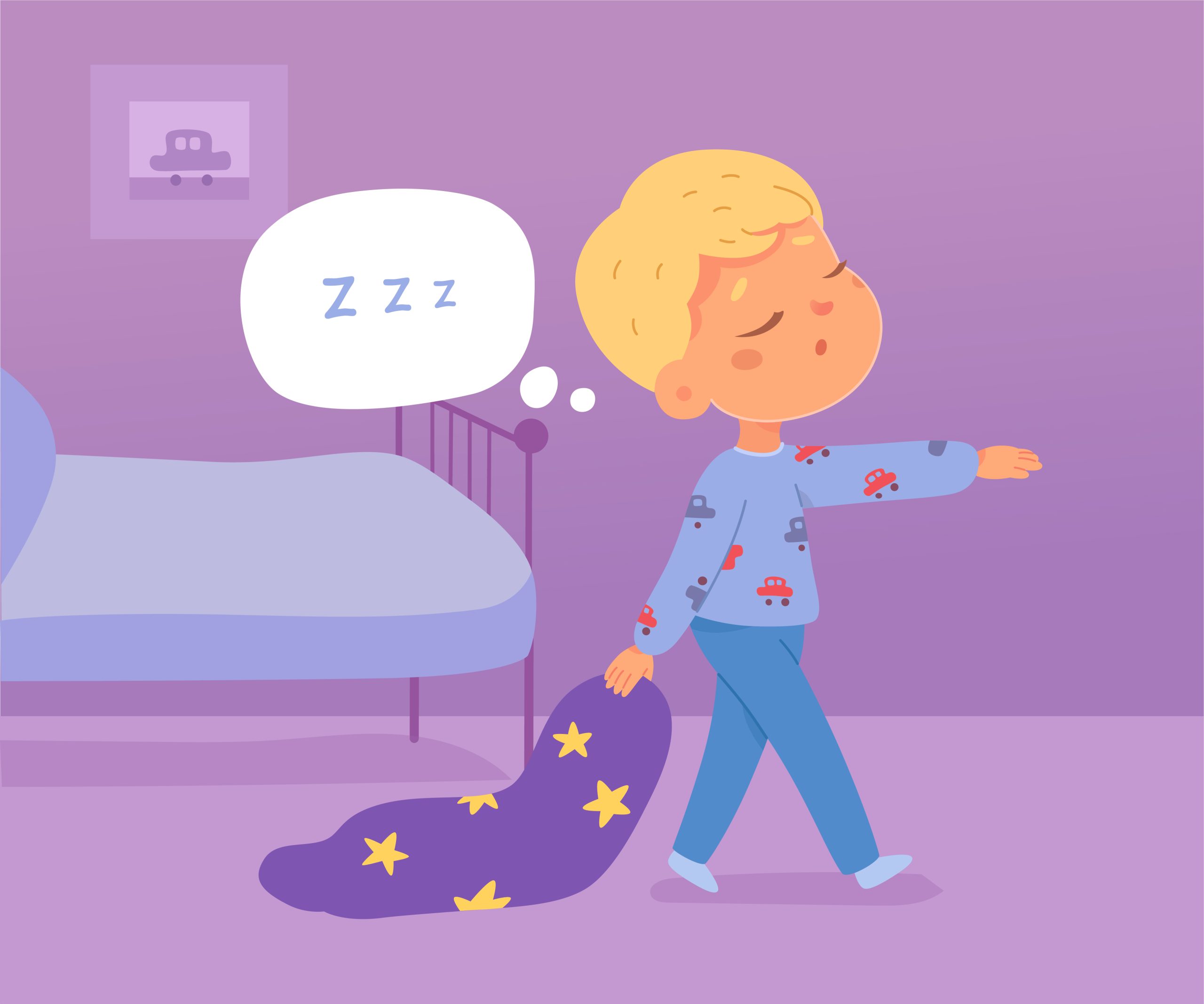
All of the above outline sleep disorders occur in children. Some such as the Non-REM sleep disorders occur mostly in children. More common than these disorders is the level of insufficient sleep among children. In a 2015 sample of data from 52,356 children in middle school and high school analyzed by the Centers for Disease Control and Prevention, 57.8% of 6- to 12-year-olds and 72.7% of 13- to 18-year-olds reported sleeping less than the recommended minimum sleep duration on school nights. A reemergence of napping or longer sleep times on weekends can be signs of sleep deprivation. Problematic sleep hygiene habits is one of the most common causes of daytime sleepiness in children and adolescents. In a 2014 poll of 1103 parents or guardians of children aged 6 to 17 years, the prevalence of electronic devices in the children’s bedrooms was high and associated with shorter sleep duration. Exposure to light on the blue light spectrum at bedtimes has been linked to delays in circadian rhythm markers such as dim light melatonin onset and core body temperature, as well as increased cortisol levels. Problems with children’s sleep hygiene, sleep duration, and sleep timing are more prevalent in families of lower socioeconomic status. In addition, school schedules can impose non-physiologic restrictions of sleep times by implementing early school start times for adolescents. A delay in high school start times of as little as 30 minutes correlated with longer sleep duration, improved attendance, less tardiness, less falling asleep in class, better grades, and fewer motor vehicle crashes. Sleep facilitates learning and memory consolidation. Younger children are more likely than older children to experience sleep-related cognitive problems.
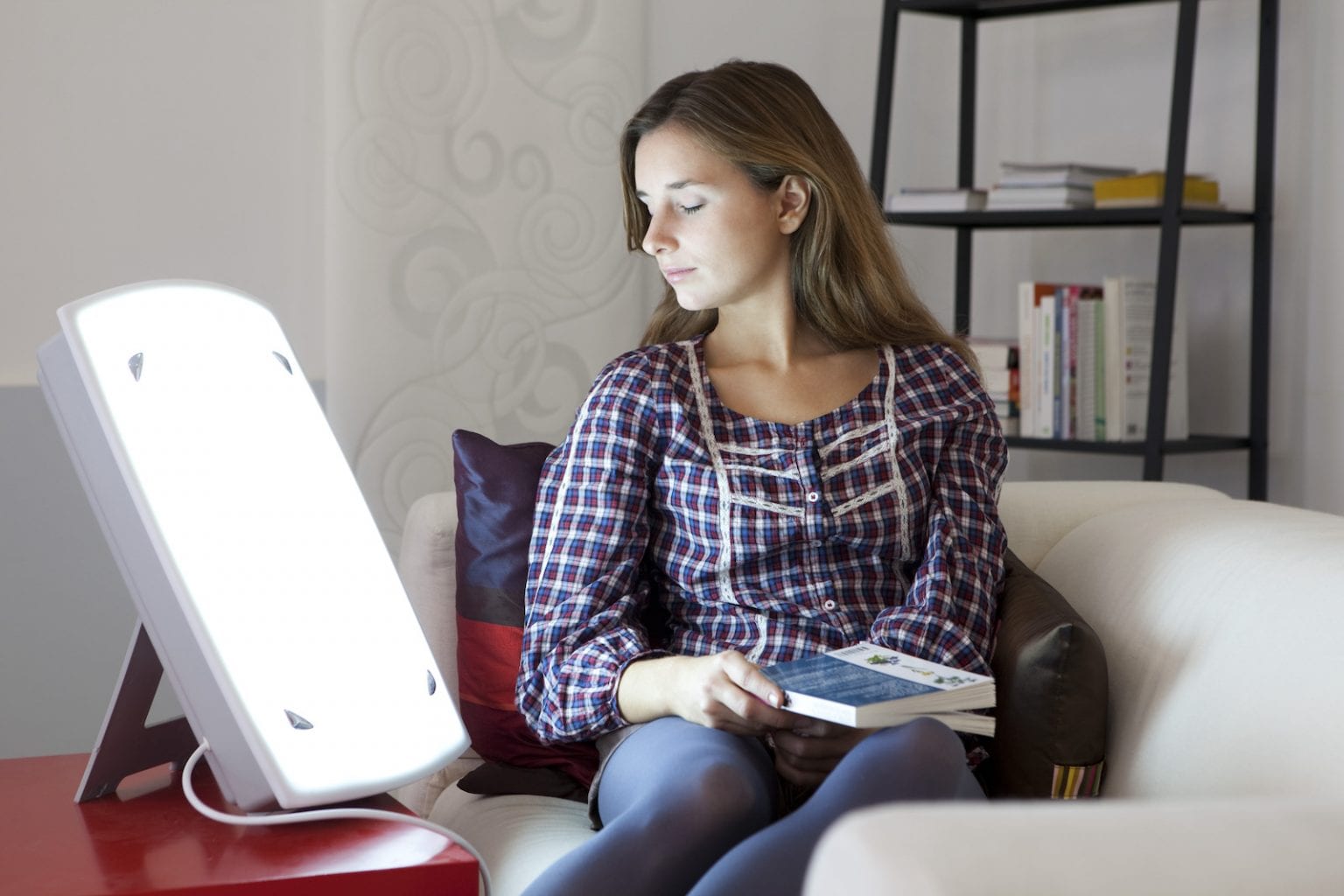
Email: info@neuroci.com
Tel: (973) 601-0100
Toll-Free: 1-888-NCI-9664